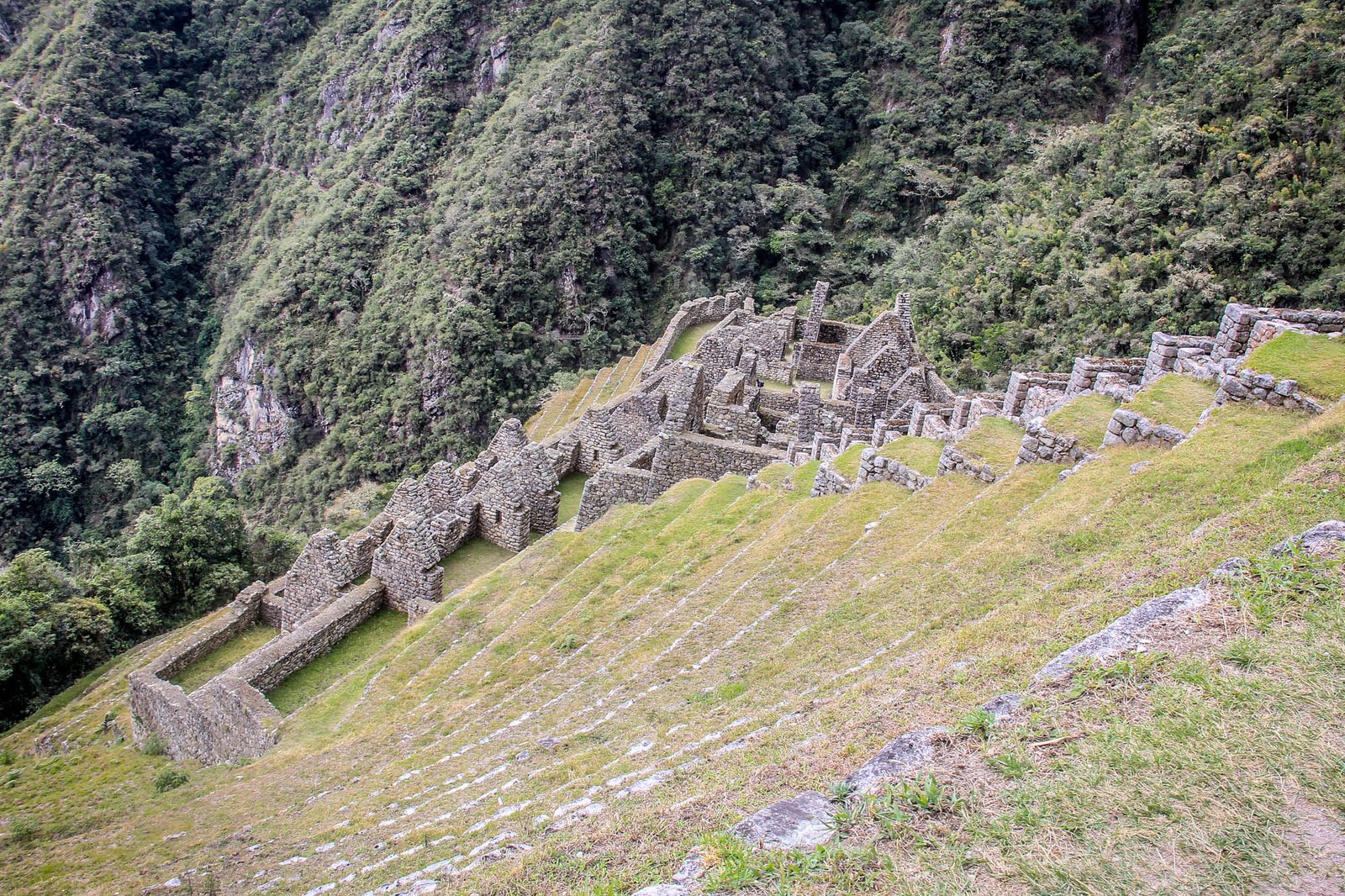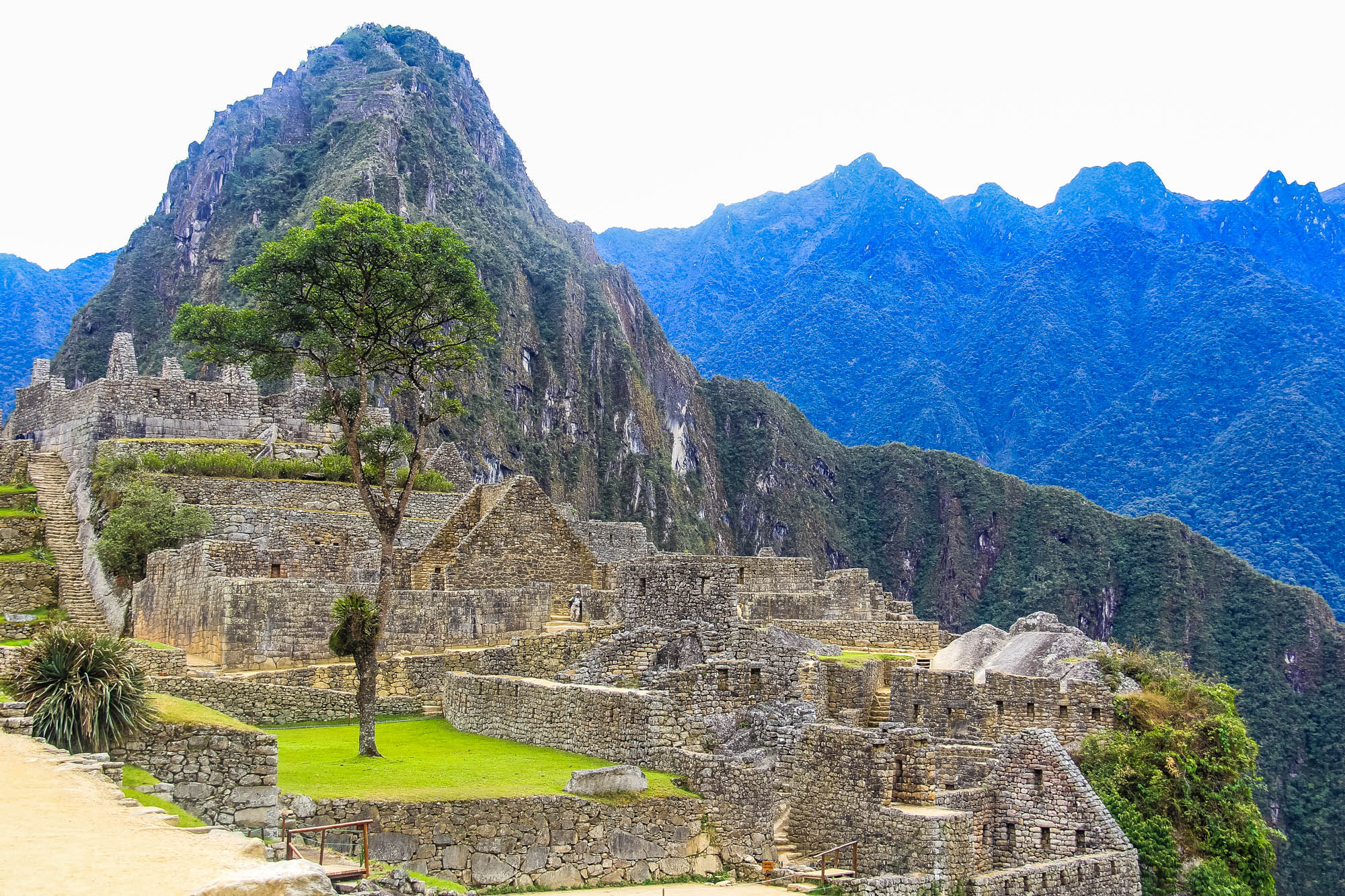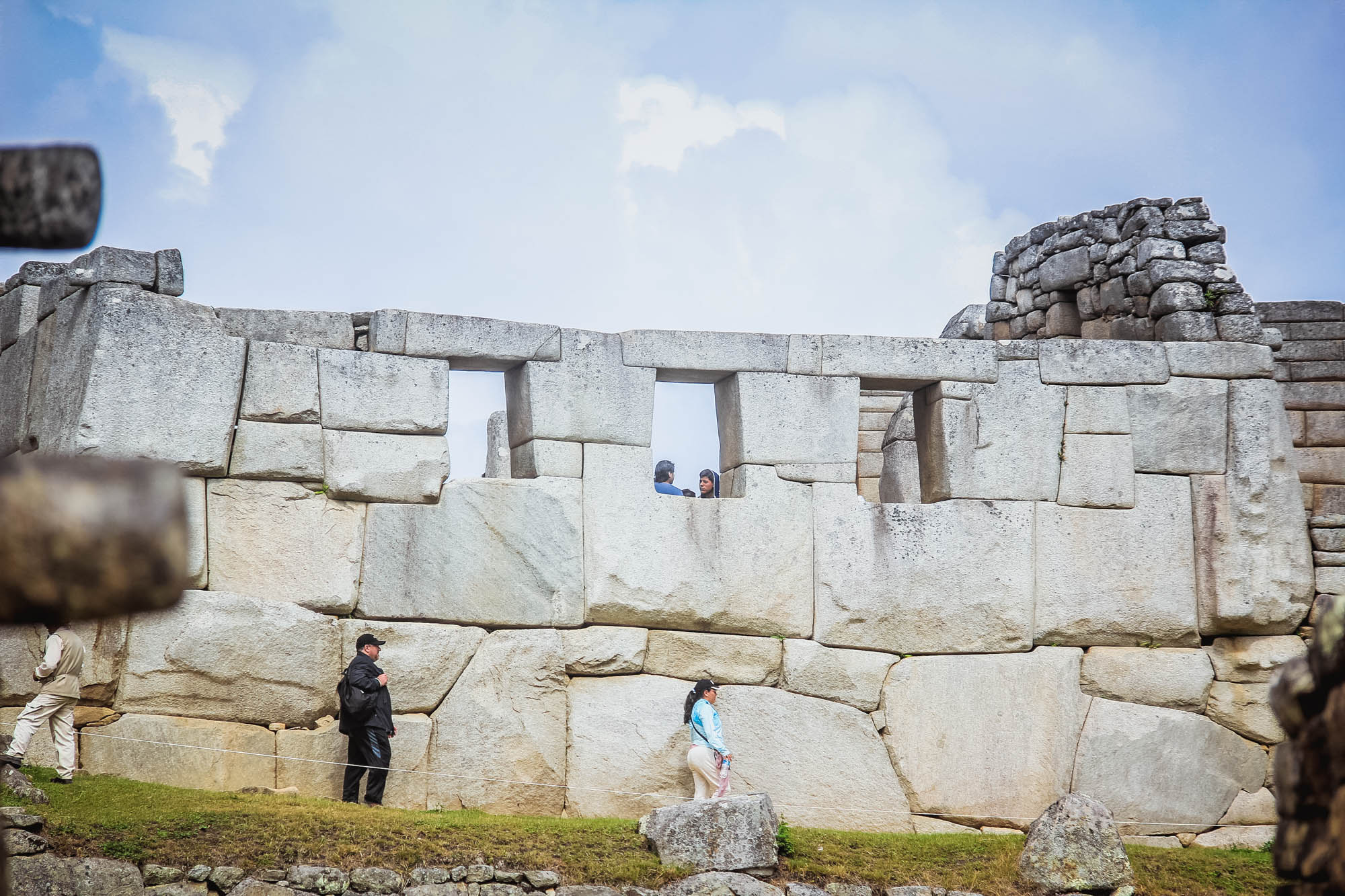Wiñay Wayna, which translates to “Forever Young” in Quechua, is an ancient Inca archaeological site perched on a steep mountainside overlooking the Urubamba River. This site showcases the incredible architectural skills and ingenuity of the Inca civilization. It’s a key area for Peru’s economic growth and a must-see for anyone interested in history, culture, and stunning landscapes.
History
Wiñay Wayna is thought to have been constructed in the late 15th or early 16th century, around the same time as Machu Picchu. The site provides a fascinating look into the architectural and agricultural achievements of the ancient Incas. It likely served as both an agricultural and religious center, possibly used for pilgrimage or as a resting spot for pilgrims heading to Machu Picchu. The site was abandoned after the Spanish conquest but was rediscovered in the late 19th century by Hiram Bingham, an American explorer who called it “the most beautiful site in the whole valley.”
How to Get There
The best way to visit Wiñay Wayna is by hiking the classic 4-day Inca Trail or the shorter 2-day Inca Trail. The hike starts in the community of Piscacucho and takes you through various Andean communities like Huayllabamba, Chachabamba, and Cusichaca. The trail winds through lush green mountains, along the Urubamba River, and through vibrant vegetation, offering a unique microclimate that blends Andean elevation with Amazon rainforest features.
Attractions
Upper and Lower House Complexes: The site features upper and lower house complexes connected by a staircase and fountain structures.
Ceremonial Platforms: The upper structures include a unique circular building, while the lower section has small peaks and jagged walls.
Water Fountains: There are around 10 water fountains scattered throughout the ruins, used for water rituals, bathhouses, and irrigation.
Agricultural Terraces: The area is surrounded by an agricultural complex, terraced with extraordinary masonry of local stones.
Qolqas (Department Stores): These were places where crops were stored.
Orchid Maiden Myth: A popular myth tells of the Orchid Maiden, where the gods transformed a beautiful young woman named Wiñay Wayna into an orchid to preserve her eternal youth and beauty.
Eternal Spring Myth: Another captivating tale involves the myth of the Eternal Spring, where a spring at Wiñay Wayna never dries up, even during long periods of drought.
Ticket Information
Visiting Wiñay Wayna is included in the Inca Trail tour packages. There are no direct tours available to visit the site independently. The best time to visit is during the dry season, which runs from May to July. The Inca Trail can only be done with an authorized tour agency.
Tips for Visiting
Altitude Sickness: Bring pills for altitude sickness or soroche.
Sleeping Bag: Pack a sleeping bag if you plan to camp overnight.
Mosquito Repellent: Mosquito repellent is essential due to the lush vegetation.
Sunglasses: Wear sunglasses to protect your eyes from the sun.
Respect the Site: Be mindful of the site’s historical and cultural significance and respect any restrictions imposed to preserve it.
Guided Tours: Join a guided tour to fully appreciate the history, cultural practices, and significance of Wiñay Wayna.
Wiñay Wayna is a place that boasts an awe-inspiring geographical location and offers a unique blend of history, culture, and natural beauty. It’s a must-visit for anyone interested in exploring the rich heritage of the Inca civilization.
History
Wiñay Wayna is thought to have been constructed in the late 15th or early 16th century, around the same time as Machu Picchu. The site provides a fascinating look into the architectural and agricultural achievements of the ancient Incas. It likely served as both an agricultural and religious center, possibly used for pilgrimage or as a resting spot for pilgrims heading to Machu Picchu. The site was abandoned after the Spanish conquest but was rediscovered in the late 19th century by Hiram Bingham, an American explorer who called it “the most beautiful site in the whole valley.”
How to Get There
The best way to visit Wiñay Wayna is by hiking the classic 4-day Inca Trail or the shorter 2-day Inca Trail. The hike starts in the community of Piscacucho and takes you through various Andean communities like Huayllabamba, Chachabamba, and Cusichaca. The trail winds through lush green mountains, along the Urubamba River, and through vibrant vegetation, offering a unique microclimate that blends Andean elevation with Amazon rainforest features.
Attractions
Upper and Lower House Complexes: The site features upper and lower house complexes connected by a staircase and fountain structures.
Ceremonial Platforms: The upper structures include a unique circular building, while the lower section has small peaks and jagged walls.
Water Fountains: There are around 10 water fountains scattered throughout the ruins, used for water rituals, bathhouses, and irrigation.
Agricultural Terraces: The area is surrounded by an agricultural complex, terraced with extraordinary masonry of local stones.
Qolqas (Department Stores): These were places where crops were stored.
Orchid Maiden Myth: A popular myth tells of the Orchid Maiden, where the gods transformed a beautiful young woman named Wiñay Wayna into an orchid to preserve her eternal youth and beauty.
Eternal Spring Myth: Another captivating tale involves the myth of the Eternal Spring, where a spring at Wiñay Wayna never dries up, even during long periods of drought.
Ticket Information
Visiting Wiñay Wayna is included in the Inca Trail tour packages. There are no direct tours available to visit the site independently. The best time to visit is during the dry season, which runs from May to July. The Inca Trail can only be done with an authorized tour agency.
Tips for Visiting
Altitude Sickness: Bring pills for altitude sickness or soroche.
Sleeping Bag: Pack a sleeping bag if you plan to camp overnight.
Mosquito Repellent: Mosquito repellent is essential due to the lush vegetation.
Sunglasses: Wear sunglasses to protect your eyes from the sun.
Respect the Site: Be mindful of the site’s historical and cultural significance and respect any restrictions imposed to preserve it.
Guided Tours: Join a guided tour to fully appreciate the history, cultural practices, and significance of Wiñay Wayna.








